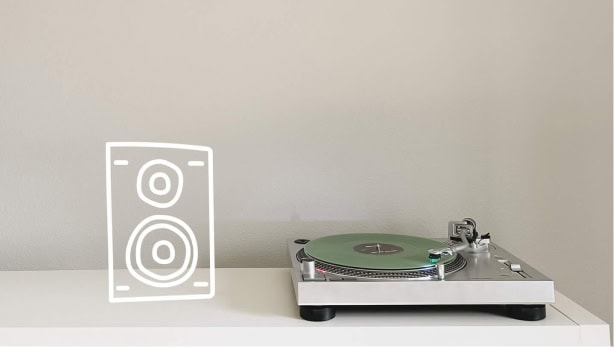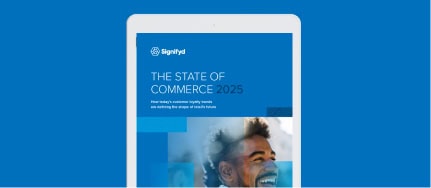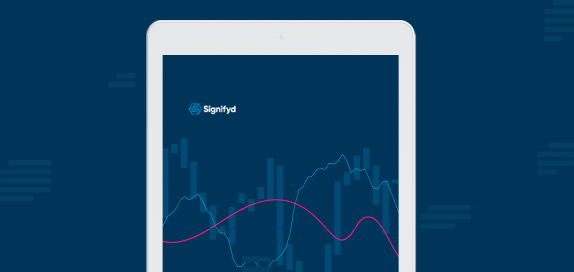Running an ecommerce store on Shopify can be a rewarding experience, but it also carries risks, especially when it comes to highly suspicious orders that raise bright red fraud flags.These high-risk orders are worrisome, often because of the product being sold or the behavior of the buyer. For instance, items like electronics, high-end fashion and digital goods are prime targets for fraudsters. Orders with unusual characteristics — such as mismatched billing and shipping addresses or those placed using high-risk payment methods — can signal potential fraudulent activity.
Order volume and velocity can be signs of trouble, too. Merchants who receive a sudden influx of large purchases from a new customer should take a careful look.
Because the stakes are high — becoming a fraud victim on one hand or declining a good order on the other — it’s essential to know how to manage high-risk orders effectively while maintaining a balance between security and customer satisfaction.
What’s the best way to prevent fraudulent orders on Shopify?
Preventing fraudulent transactions starts with understanding and utilizing the tools at your disposal. Shopify comes equipped with built-in fraud protection features that analyze orders for risk factors like address discrepancies and high-dollar purchases. The platform uses various indicators to assess risk levels, flagging orders that might require further scrutiny.
Reviewed, revised and approved by Signifyd humans.
However, Shopify’s native tools, while robust, are just one piece of the puzzle. Incorporating proactive fraud prevention measures, such as AVS (Address Verification System) and CVV (Card Verification Value) checks, can provide an additional layer of security. These measures ensure that the information provided by the customer matches the records held by the credit card companies.
Monitoring customer behavior on your site is another critical aspect of preventing fraud. For example, if a customer is making purchases at odd hours, using multiple credit cards, or repeatedly failing login attempts, these could be signs of suspicious activity. Implementing tools that track and analyze this behavior can help you catch potential fraud before it happens.
While security is vital, it’s equally important to maintain a positive customer experience. Overly aggressive fraud filters can result in false positives, frustrating legitimate customers and potentially leading to lost sales. Finding the right balance is key.
How does Shopify handle high-risk orders?
Shopify’s fraud detection system evaluates each order based on various risk factors and provides a risk analysis that includes a recommendation to fulfill or cancel the order. The system uses a combination of machine learning algorithms and rule-based analysis to flag orders that exhibit characteristics of fraudulent behavior by the purchaser. This is where Shopify Flow comes in, providing an automated way to handle these flagged orders.
Shopify Flow allows you to set up workflows that automatically take action when an order is marked as high-risk. For example, you can create a rule that cancels high-risk orders immediately or flags them for manual review. This automation saves time and ensures that your store is consistently managing risk without requiring constant oversight.
That said, while Shopify’s tools are powerful, they are not foolproof. This is where third-party fraud prevention solutions like Signifyd can make a significant difference. Signifyd offers advanced chargeback protection that goes beyond Shopify’s own payment processing tools. Third party services provide a more comprehensive approach to fraud protection, offering guaranteed fraud protection through a liability shift that protects your business from financial loss due to fraud. To learn more, visit Signifyd on the Shopify App Store.
Why does Shopify mark orders as high-risk?
Orders are flagged as high-risk when they display certain characteristics that align with common fraud patterns. Factors contributing to this classification can include mismatches between the IP address and shipping address, the use of a new email address, large order sizes that deviate from typical customer behavior, or a history of chargeback fraud. These indicators help Shopify determine which orders are most likely to result in a fraudulent transaction.
However, the system isn’t perfect. False positives — legitimate orders that are mistakenly flagged as risky — can occur. Understanding the common triggers for high-risk classification allows you to fine-tune your fraud detection settings, reducing the likelihood of false positives and improving your overall order management process.
What to do when a Shopify order is marked as high-risk
When an order is marked as high-risk and flagged for manual review, it’s essential to approach it methodically. Here’s a step-by-step guide to investigating high-risk orders yourself:
- Review the order details: Start by analyzing the information provided by Shopify’s fraud analysis. Look for any discrepancies in the billing and shipping addresses, payment methods and order history.
- Contact the customer: Reach out to the customer via email or phone to verify their information. Politely ask them to confirm their order details and provide additional information if necessary. A simple confirmation can sometimes reveal whether the order is legitimate or not. This calls for some delicate customer service.
- Request additional documentation: If the order still seems suspicious, ask the customer for further verification. This might include a photo ID or a credit card image with sensitive details obscured. Most legitimate customers will understand the need for these precautions, especially if you explain that it’s for their protection as well.
- Delay shipment: Don’t ship the order until you are confident in its legitimacy. This precaution can prevent potential chargebacks and loss of goods.
- Best practices for communicating with customers: Keep communication clear and professional. If a delay is necessary, inform the customer promptly, explaining that it’s due to routine checks to ensure the security of their purchase. This transparency helps maintain trust.
If your business is spending too much time on manual reviews, impacting customer experience, or facing too many chargebacks, consider using a third-party vendor like Signifyd to automate reviews and protect against chargebacks.
Why am I getting so many chargebacks on Shopify?
Chargebacks can be caused by a variety of factors, including fraudulent activity, customer disputes, or even dissatisfaction with the product or service received. High chargeback rates can not only affect your relationship with payment processors but also lead to increased fees or account termination.
Identifying the root causes of your chargebacks is essential. Are they due to issues with product quality? Misleading product descriptions? Shipping delays? Once you understand the common causes, you can take steps to address them, such as improving product descriptions, providing better tracking information and offering superior customer service.
When will the chargebacks on my Shopify store stop?
Chargebacks may never stop entirely, but their frequency can be significantly reduced with effective chargeback prevention strategies. Implementing proof of delivery methods, such as requiring a signature upon receipt, can help prevent disputes. Also, using chargeback management tools and working closely with your payment processors to understand why chargebacks occur will allow you to take corrective action.
Is there such a thing as chargeback insurance?
While traditional insurance policies might not cover chargebacks, there are products available that offer protection against the financial impact of chargeback fraud. These solutions, like the ones offered by Signifyd, shift the liability for fraudulent transactions away from your business. This type of protection functions similarly to insurance, providing peace of mind and financial security. To learn more, visit Signifyd’s Guaranteed Fraud Protection and Complete Chargeback Protection pages.
Educational resources and ongoing learning for fraud prevention
Staying ahead of the curve in fraud prevention requires continuous learning. Regularly updating your knowledge of the latest fraud trends and best practices is essential for keeping your business secure. Be sure to read up on Shopify’s own documentation on chargebacks, on fraud analysis and on fraud prevention.
Protect your Shopify store from high-risk orders
Effectively managing high-risk orders on Shopify is essential to safeguarding your business. By using Shopify’s fraud tools, automating processes with Shopify Flow and integrating third-party solutions like Signifyd, you can reduce fraudulent transactions and chargebacks. Stay proactive, balance security with customer experience and keep your strategies updated to protect your store from evolving threats.
Shopify drives your sales, Signifyd secures your profits. Approve more orders, eliminate fraud, and scale your Shopify business with our 100% financial guarantee.









